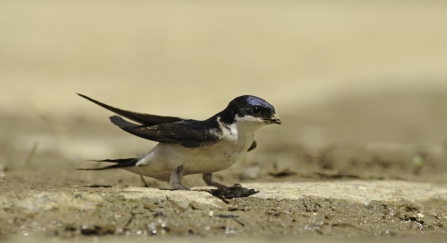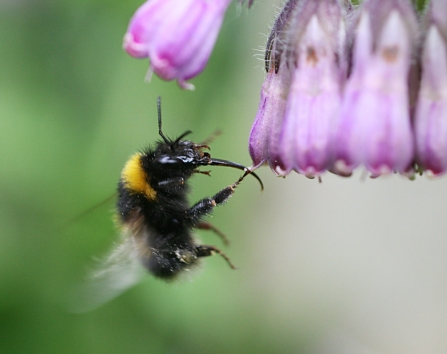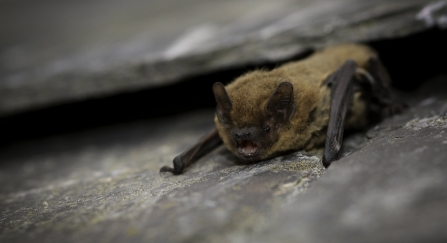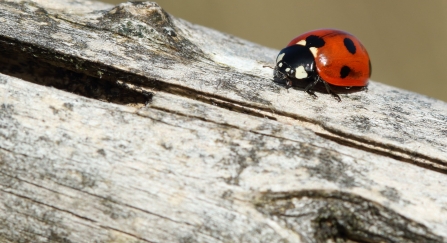You don't need a big garden, a lawn, beds or borders for your outside space to be wildlife friendly! From creative containers to creeping plants, there are loads of ways to attract wild friends to your yard or small garden.
Here's what to look out for during the Great Yorkshire Creature Count, and some tips for helping to attract more wild friends!




